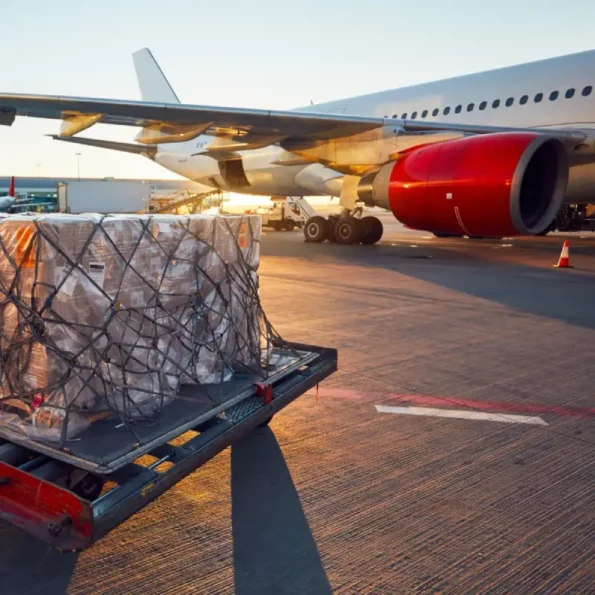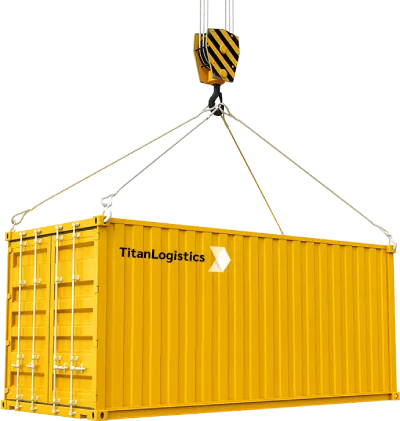
Challenges in Cross-Border Sea Freight
Cross-border sea freight presents a range of challenges that demand strategic solutions and a thorough understanding of international shipping dynamics.
- Customs and Documentation: Dealing with diverse customs regulations and extensive documentation requirements can lead to delays and increased operational complexities.
- Varying Infrastructure Standards: Inconsistent port infrastructure standards across different countries can impact the efficiency and speed of cargo handling.
- Language and Communication Barriers: Effective communication is crucial, but language differences and communication barriers can hinder smooth interactions between stakeholders.
- Navigating Trade Restrictions: Adapting to ever-changing trade restrictions and geopolitical dynamics requires constant monitoring and flexibility in logistics planning.
- Environmental and Weather Factors: Sea freight is susceptible to weather conditions, and natural events can disrupt schedules, leading to delays and potential cargo damage.
- Supply Chain Visibility: Ensuring real-time visibility across the supply chain is a challenge, necessitating the use of advanced technologies for tracking and monitoring shipments.






